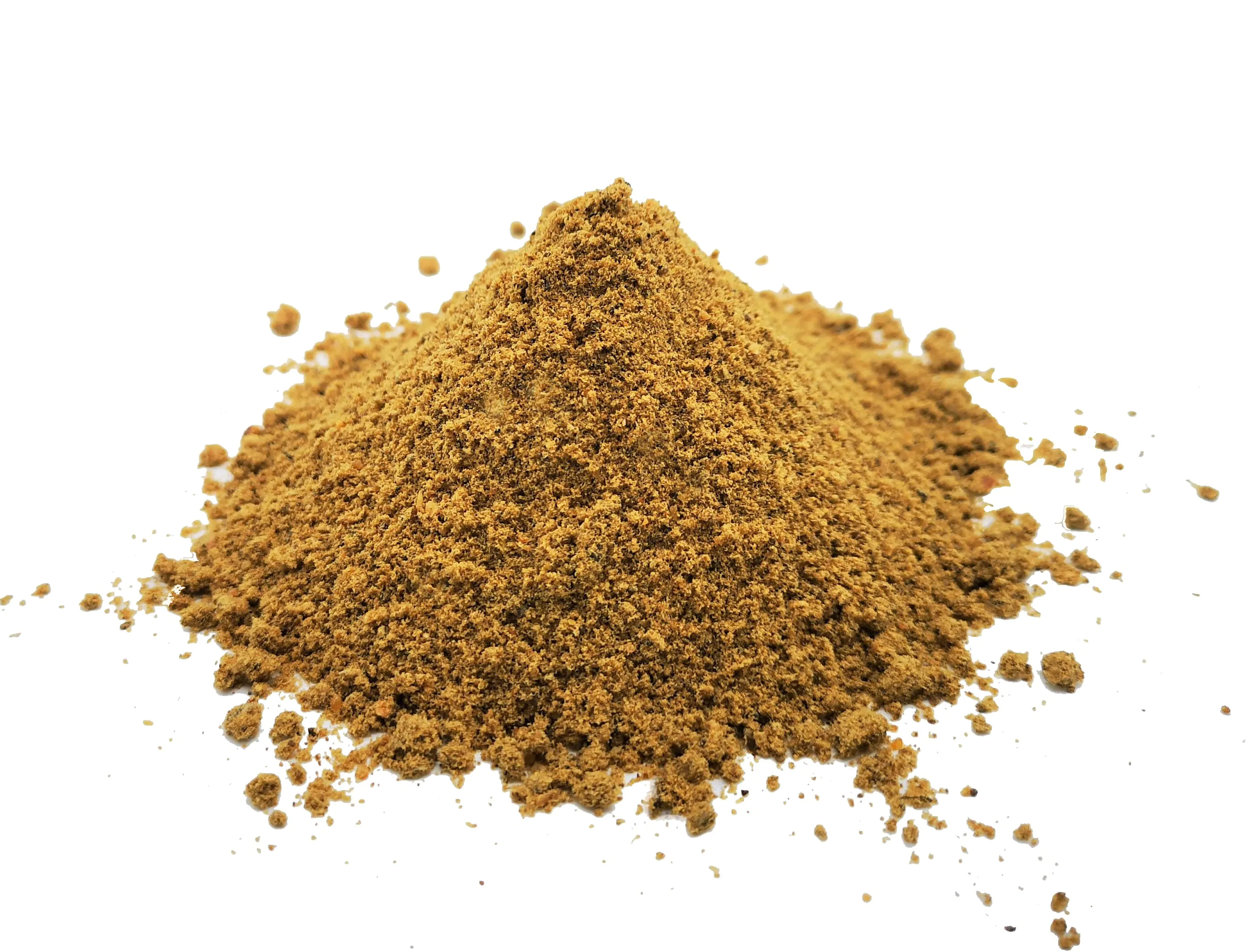- By Target Baits
What is Fish Meal?
In the UK fish meal is produced by drying and grinding fish or fish trimmings, to which no other matter has been added.
Virtually any fish or shellfish can be used to make a fishmeal, however the nutritional value of the fish meal produced differs from one species to another. For example, whole shellfish would give a lower nutritional value because of the low protein content of the shell where as a fish meal produced from whole fish would have a much higher protein content. For this reason, we see a large abundance of pelagic fish used to make most of the worlds fish meal.
Manufacturing Techniques
In some parts of the world where processing plants are not available fish meal is produced by letting fish dry in the sun, but the product produced is often poor in comparison when compared to modern day manufacturing techniques. This is why almost all of the fish meal produced is made by cooking, pressing and grinding the fish in purpose-built machinery.
LT (Low Temperature) fish meal is made through indirect hot-air drying for 10 – 20 minutes at temperatures lower than 70 ֯C. Steam dried fish meal is produced by direct contact with hot surfaces at 90 – 119 ֯C for 1 to 2 hours.
Although LT fish meal is generally more expensive than a standard fish meal, the evidence suggests higher levels of protein digestibility with several studies demonstrating a rise of 10 – 15%, measured by growth and feed utilization. It also has a higher amino acid digestibility, especially for the most important amino acids like Lysine, Methionine and Histidine.
Pre-digested or enzyme treated fish meals have also become a well desired commodity, with two types of products on the market; the Chilean pre-digested and the CPSP (concentrated fish proteins). The fish meal is hydrolysed by enzymatic hydrolysis after which its sterilized and dried by automatization, resulting in a fish meal which is high in amino acids and digestible proteins and is highly soluble in water.
Measuring the Quality of Fish Meal
Fish meal is valuable not only for the quantity but also for the quality of protein present, available in the correct proportions to aid growth and development with high quality fish meal containing between 60% - 72% crude protein by weight. The chart below demonstrates the typical protein values of a range of fish meals.

Whichever fish meal you decide to use, the benefits of it cannot be over rated as they are among the most nutritious and digestible ingredients used.






